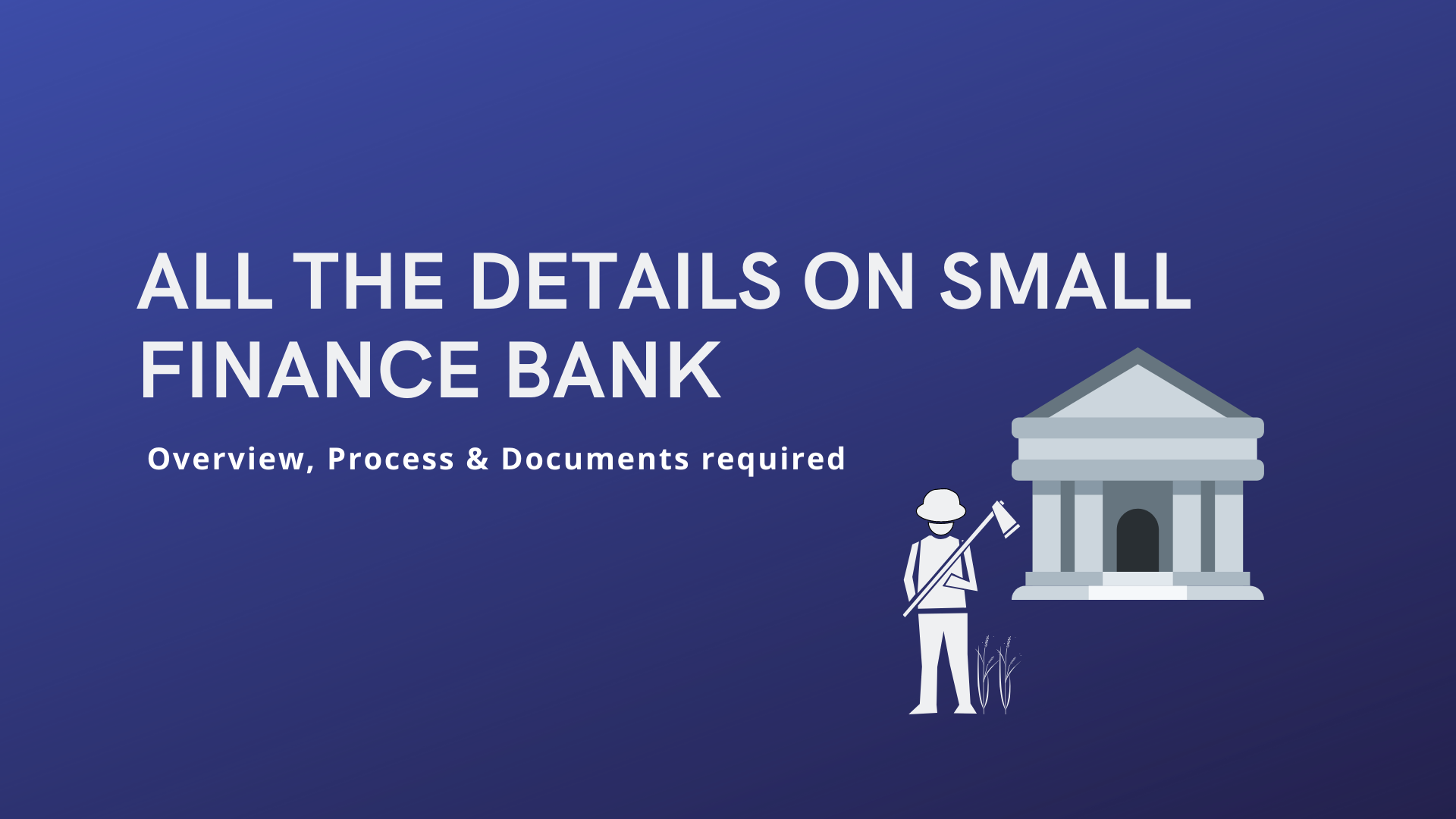

What is the difference between VAT and GST?
Friday September 29, 2017,
5 min Read
Finally, the Goods and Service Tax, commonly known as GST is a reality now and it has brought the Indian taxation system under its unique ideology ‘one nation, one tax’. The advent of GST has subsumed all the indirect taxes in India, including Value Added Tax (VAT), Service tax, Excise duty, and Octroi. These indirect taxes or VAT were levied on each step of value addition of the product, thus creating a cascading effect. Therefore, GST was introduced to bring down unwanted inflation in the economy. Both VAT and GST are levied on the value of sale or supply of goods. But still, there are lots of differences between VAT and GST. Read on to know how GST is different from VAT.
What is VAT?
VAT- the Value Added Tax, was applicable for goods sold, and not services. Service tax took care of the services rendered. The previous taxation system included several indirect taxes along the supply chain, resulting into high tax rates paid from the pocket of the ultimate consumer.
What is GST?
However, GST is applicable for both goods and services, together with uniform pricing. GST is one tax that is levied on manufacturing, selling, and consumption of goods and services. It is a destination-based tax, distributed among the Central Government and the State Governments under the components Central GST (CGST) and State GST (SGST).
How is GST different from VAT?
In the words of many eminent economists, VAT and GST are just two names for one tax, but on evaluating minutely, you observe the contrast. First and foremost, it’s important to understand how valuation of goods is considered under their respective perspective.
VAT is calculated on the market price of the goods. Further, excise duty and VAT add up to it.
For Example: Suppose a manufacturer sells machinery worth Rs. 3000 to a distributor. The invoice would reflect:
Price of goods = 3000/-
Excise duty @ 12.5% = 375/-
Subtotal = 3375/-
VAT @ 14.5% on subtotal= 490/-
The total payable amount by the customer = 3865/-
Whereas, GST will be only charged on the selling price and the subsequent parts of SGST and CGST would add to the value of goods as per their percentage. The invoice under GST scenario would reflect:
Price of goods = 3000/-
CGST @ 9% = 270/-
SGST @ 9% = 270/-
The total payable amount by the customer = 3540/-
The total difference of the two taxes = 3865-3540= 325/-
Thus, GST has eliminated the additional, indirect and redundant taxes and has reduced the burden on the common taxpayer. However, there is more in terms to draw comparison between VAT and GST. Let’s have a look at major points of difference amongst the two.
8 Key Point of Differences between VAT and GST
1. Taxable event
VAT- On Sale of goods.
GST- On every supply of goods or service.
2. Tax between state and center
VAT- Only State govt. gets the whole share for welfare of state's public.
GST- GST is collected under SGST and CGST for every sale from same state. The corresponding center and state amount then gets bifurcated.
3. Input Credit
VAT- Dealer has right to deposit his net VAT liability by deducting input VAT on goods purchased and from output VAT on goods sold.
GST- As GST is applicable on goods as well as services provided, the GST portal system calculates the Input credit which is used for payment during the next GST liability.
4. Input tax credit on services of goods
VAT- Not applicable, as VAT is only for goods, not services.
GST- The paid GST on services adds up to total input GST comparable to total output GST, which may be on goods sold. Finally the tax payer gets the input credit on tax for the services availed by the products you purchased.
5. Taxation on services
VAT- VAT is not applicable on provided or sold services. Service tax is charged additionally @ 14.5%.
GST- GST rates for services depend on nature of service. It may be 12% and 18% and 28% depending on the sector. Most services come under 15% GST.
6. Return Filing
VAT- Must file return by 20th of succeeding month.
GST- Must file return for sales by 10th, purchase by 15th and payment by 20th of succeeding month.
7. Compulsion for VAT No. & GST No.
VAT- If turnover is or beyond RS. 10 Lakh.
GST- If turnover is or beyond Rs.20 Lakh.
8. Online Payment
VAT- Online payment is not compulsory.
GST- Online payment is compulsory if tax is more than Rs. 10,000.
To Wrap Up
GST and VAT, both are counter approach taxation system by the government for the valuation of goods and services across the nation. While VAT is repetitive and indirect, the GST is simple and direct. The simplicity and ease of application with GST have clearly left its mark on various business operations and is bound to give major fillip to the economy in the long run. VAT was the method of applying taxes on the general public while GST shifts the focus towards the consumers. If you are a process manufacturer know more about GST compliance and ways to accomplish your business goals better with our GST compliant ERP software


